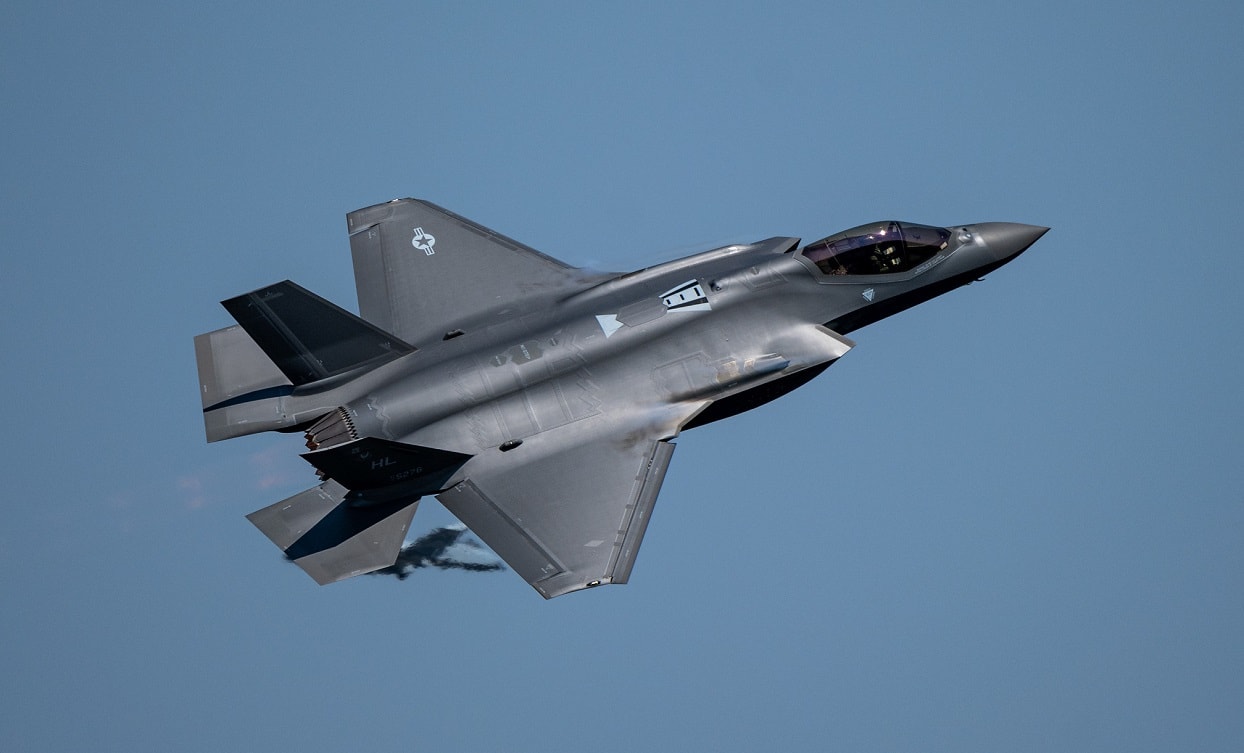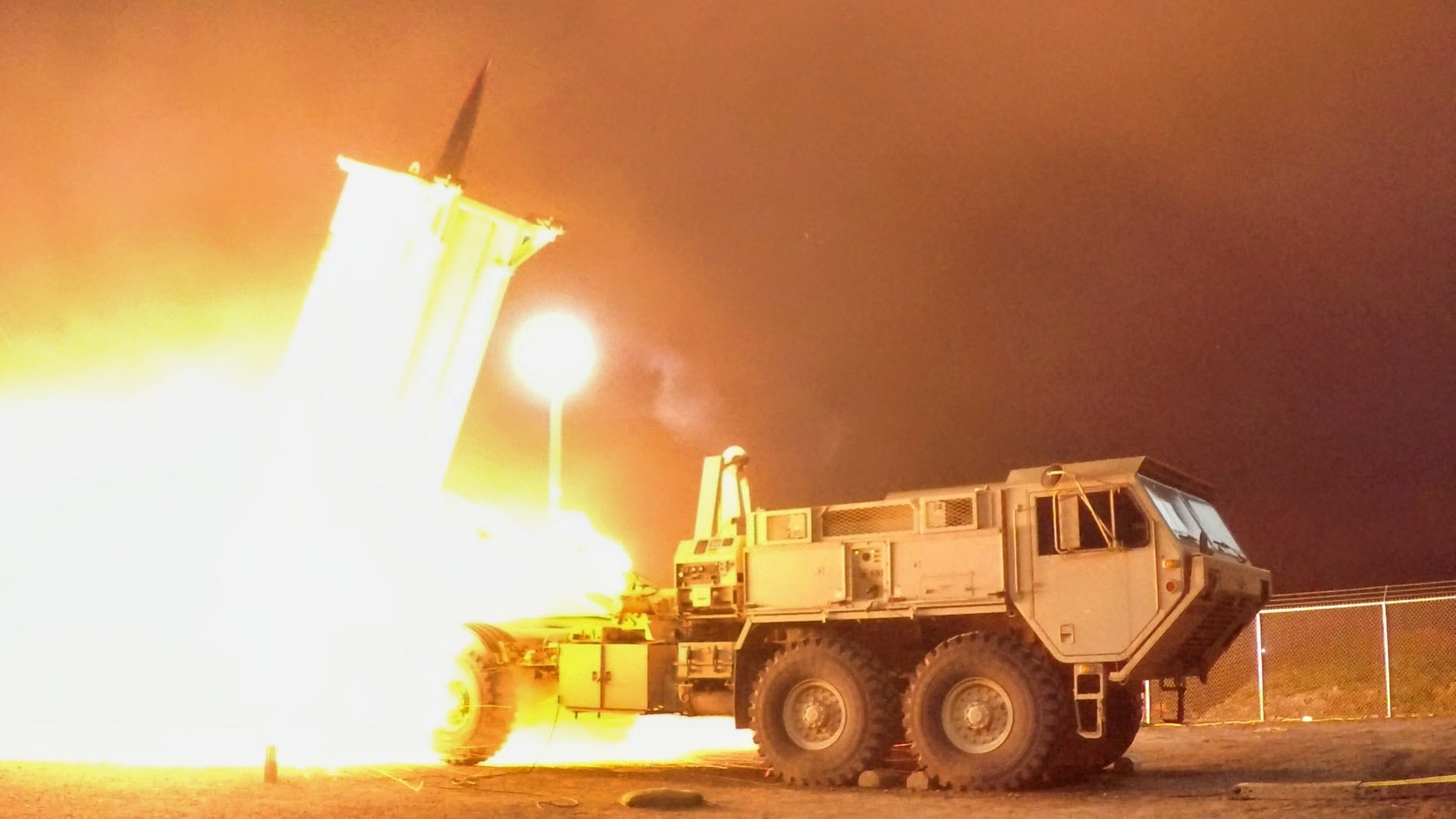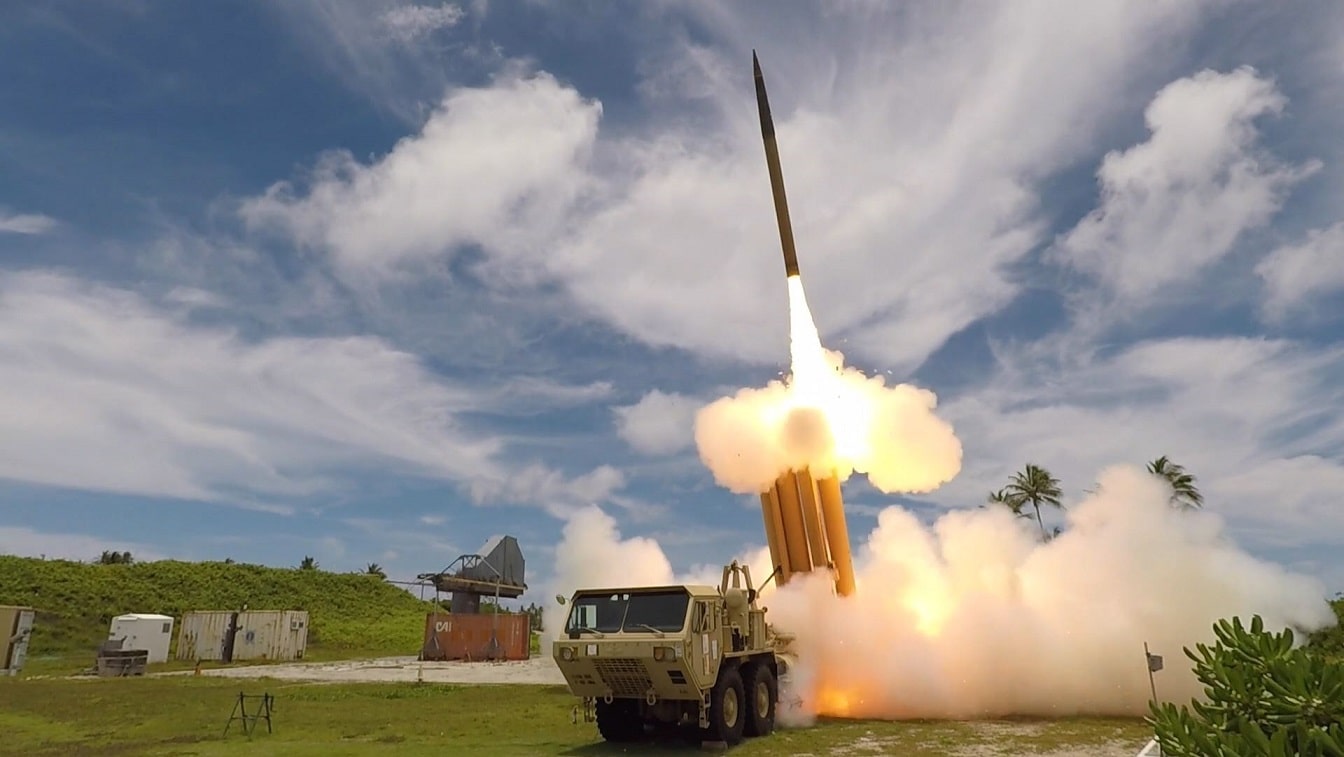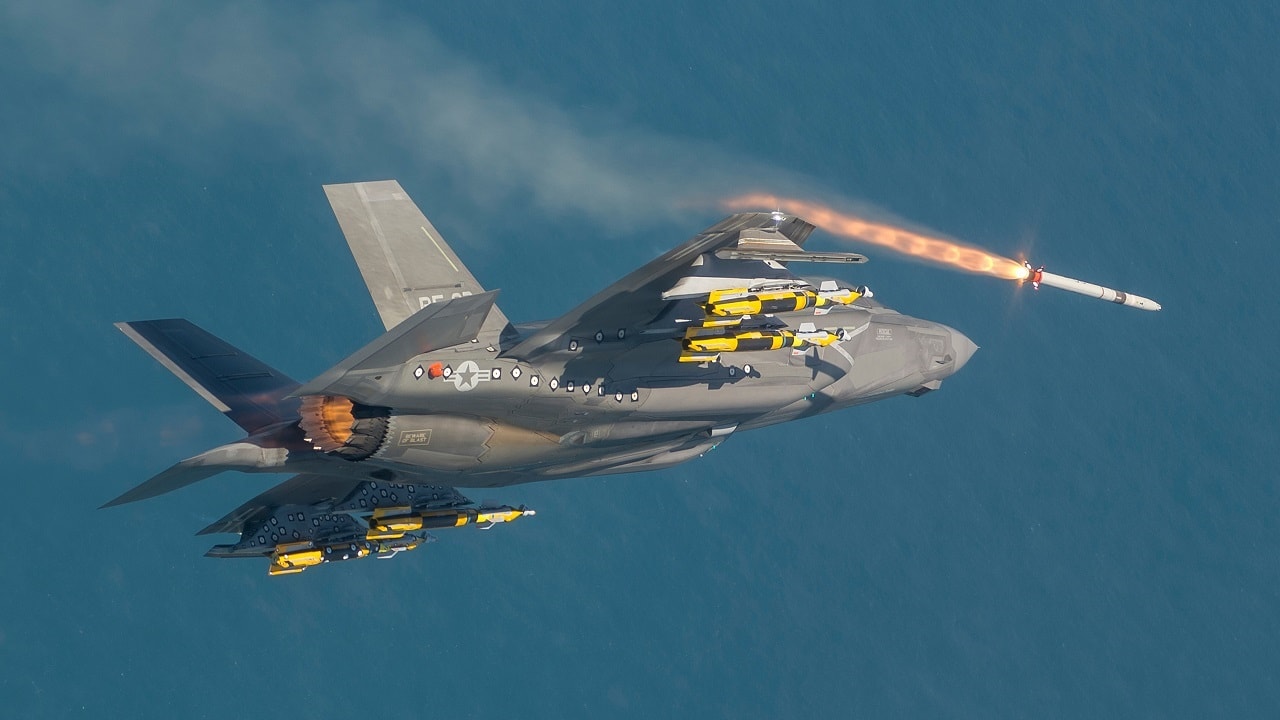Key Points: China is actively practicing “satellite dogfighting,” maneuvering spacecraft near others, indicating sophisticated counterspace capabilities aimed at dominating the domain, according to US Space Force leadership.
-These tactics, combined with jamming, lasers, potential capture technologies, and demonstrated anti-satellite missiles (2007 test), pose a grave threat to vital US military and civilian satellites controlling GPS, communications, and intelligence gathering.

Image: Creative Commons.
-The US capability gap with China is reportedly narrowing. This underscores the urgent need for the US Space Force to develop effective countermeasures and deterrence strategies to protect critical American assets in the increasingly contested environment of space.
Here Come to Space Dogfights
The U.S. competition with China is often measured by the number and quality of military assets each side has in the air and naval domains—assets such as aircraft carriers, warships, submarines, fighter jets, or bombers. But there is another domain where China is looking to dominate, and that is in space. China already practices “dogfighting” American satellites. This brings the U.S. Space Force under a microscope. Battle planners must consider where the newest branch of the military fits, and how it might protect satellite constellations from Chinese attack.
New Chinese Space Tactics Are Causing Heartburn for U.S. Space Force
When Vice Chief of Space Operations Gen. Michael Guetlein testified before the Senate Armed Services Committee in March, he described Chinese space-based exercises. Guetlein said the Space Force observed “five different objects in space maneuvering in and out and around each other in synchronicity and in control.
“That’s what we call dogfighting in space. They [China] are practicing tactics, techniques, and procedures to do on-orbit space operations from one satellite to another,” Guetlein said.
China is developing counterspace technologies, Guetlein explained—Beijing has every intention of dominating the space domain. China might attempt to destroy U.S. satellites to blind the U.S. military if there is combat on the ground, in the air, or at sea.
Weapons Could Be Rendered Useless
GPS would be endangered in such a scenario. Major U.S. weapons systems, including artillery pieces such as the Paladin howitzer, use computers that require a boot-up sequence that syncs using GPS. Being unable to take this step could render some combat systems ineffective.
Communications would also be hindered, along with early detection of missile launches and intelligence collection from troop or ship movements. Satellite destruction would also have a huge effect on civilian industries that depend on GPS.
China Has ‘Killed’ a Satellite Before
China has sought the means to destroy satellites for years. It conducted a successful anti-satellite missile test in 2007, when a so-called kinetic kill vehicle was launched at one of Beijing’s old weather satellites. The munition broke apart the satellite, which was in orbit 537 miles above the Earth.
This test marked the beginning of China’s counterspace program, which has since grown at a rapid pace.

THAAD. Image Credit: Department of Defense.
Guetlein believes that China now has what he calls “exquisite” capabilities in space. Beijing is not just after the destruction of satellites. Its military wants to jam transmissions, too. Lasers can be used to dazzle satellites, interrupting their collection and transmission of intelligence and reconnaissance data. China might even have plans to somehow capture American satellites with nets and tow them out of orbit.
“This is the most complex and challenging strategic environment that we have seen in a long time, if not ever,” Guetlein said. The Space Force needs “capabilities to deter and, if necessary, defeat aggression” to “guarantee that the advantage is in our favor” into the future, he explained. The capability gap between the two countries has significantly narrowed, Guetlein added.
The general explained that “dogfighting” in this context does not mean airplanes attempting to shoot satellites down. It refers to satellites traveling in low-Earth orbit, maneuvering around each other using propellant. The satellites could interfere with other satellites in this environment and change the way they operate.
These “destruction events” could create a calamitous situation known as Kessler Syndrome, whereby destroyed satellites would create a huge amount of space debris, endangering all types of space assets in orbit around the Earth.

THAAD Missile Defense Battery Firing. Image Credit: Lockheed Martin.
China is aware of this second-order consequence and may be more apt to disarm and disrupt satellites instead of blowing them up.
The U.S. Space Force needs the budget and means to create counter-threat solutions to satellite dogfighting tactics. Losing communication with satellites would be disastrous. The U.S. military would be blinded and incapable of using even the simplest weather probes to prepare the battlefield on Earth.
The Space Force may also examine ways in which it can take offensive maneuvers against Chinese satellites and return the favor someday. It might also have to reckon with Beijing’s future sixth-generation fighter jets, which might include directed-energy systems that could destroy or incapacitate U.S. satellites in near-space.
China is happy to bring warfare into space, and Congress and the Trump administration need to be ready for it. President Donald Trump’s decision to create the U.S. Space Force appears to have been an excellent idea: American interests in orbit need protection. The military aspects of space are real, and the Americans are fighting to keep up. This is likely not the last time we will hear about dogfighting with space assets.
About the Author: Dr. Brent M. Eastwood
Brent M. Eastwood, PhD is the author of Don’t Turn Your Back On the World: a Conservative Foreign Policy and Humans, Machines, and Data: Future Trends in Warfare plus two other books. Brent was the founder and CEO of a tech firm that predicted world events using artificial intelligence. He served as a legislative fellow for U.S. Senator Tim Scott and advised the senator on defense and foreign policy issues. He has taught at American University, George Washington University, and George Mason University. Brent is a former U.S. Army Infantry officer. He can be followed on X @BMEastwood.

